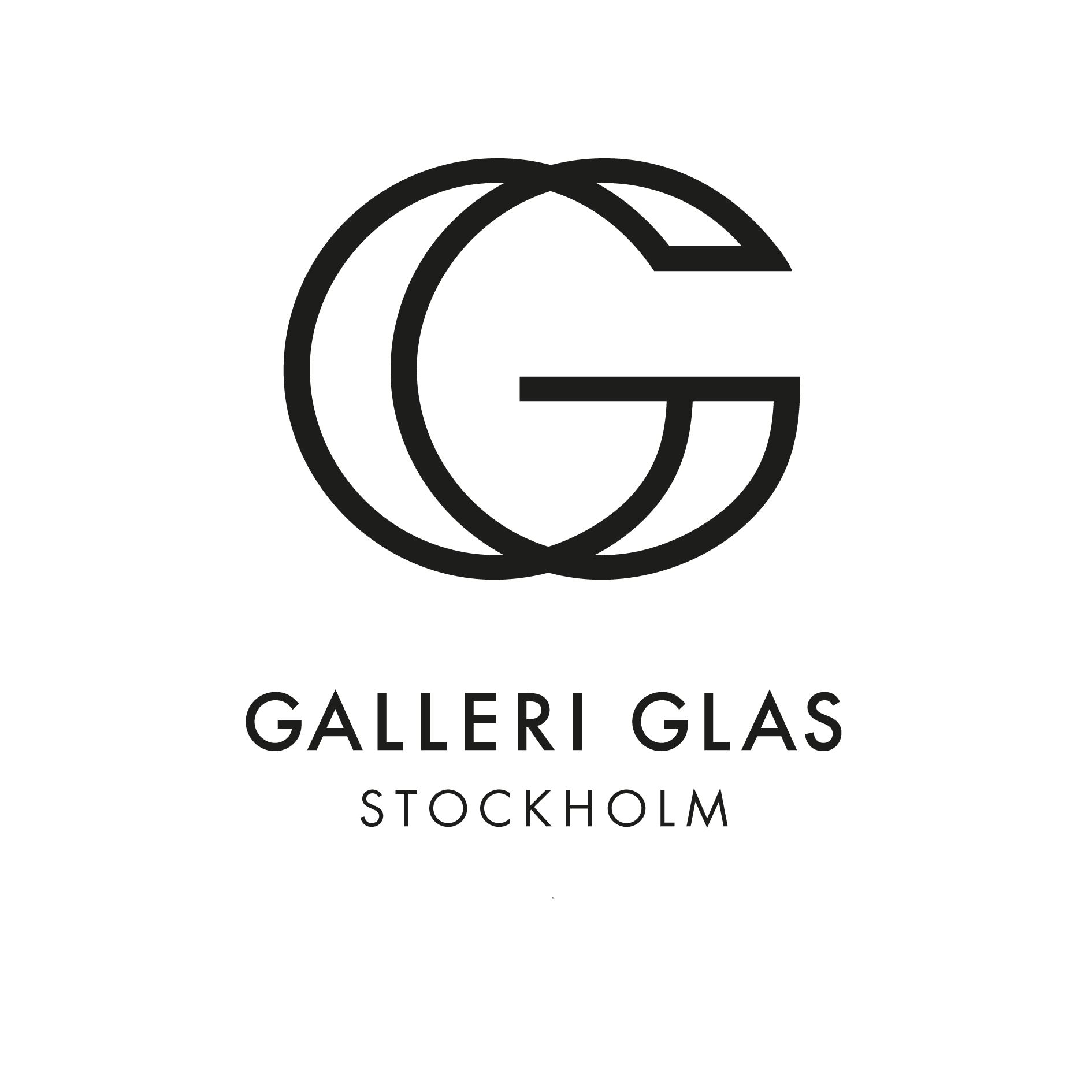The Red of Touch
Text: Eva Runefelt
Translation: William Jewson
Artist Maria Hall was born in 1964 in Gothenburg. She has attended Gothenburg University, Hovedskous Art School, Valand Academy of Art, and the Royal Institute of Art. For many years she has been based in Stockholm.
What calls me?
Maria Hall discovers and monitors vascular systems in which she can hear pulses. This is characteristic of her creativity in which, using her own unique sonar system, she can entice whole kingdoms; resting places for Then and Now, Here and There. As well as a beautiful and painful Afterwards. Her relationship with time is part of the framework of Maria Hall’s art and the conditions that she monitors form a portable landscape. Her viewfinder reaches x-ray dimensions. There one finds a natural guide – it is the colours and the various nuances that of voices that would seem to have arisen from the porous brown and purple soil. The landscapes can seem meditatively calm, but within them are upward-striving plants appearing like a weave of cracks, with the names Wanting, Being, Certainty.
If the foundation colour is maintained in a pink ultramarine it follows her more closely than a shadow.
Imagine an ECG, that along the dark pink ultramarine horizon arise rocks and stone formations, celestial bodies and streams of water, trees and their reflections, a voice and the echo of a voice. There are no fights here; both remain in agreement and they charge each other with sparkling energy and balance.
Maria Hall is a methodical artist who does not allow herself to accelerate or to interfere or get over-excited. Rather, she forces time to slow down in order to shine more brightly, to perceive more. Time expands and moments are deepened through being able to extends themselves. This may suggest to us the core of a meditation; a ring of water that silently grows.
Maria Hall’s art – painting as well as drawing – seems to arise at the moment in which the beholder encounters them. In spite of their secretive austerity, the paintings are tenderly turned outwards. The drawings, for example the blocks of stone that have decorated themselves over the centuries with tiny trickles of water, seem still to move, indeed to expose what they have preserved.
Maria Hall’s art can be heard. Large, recumbent rectangles like sounding keys or ships. These violet earthy forms that constantly shift across bottomless seas followed by the foghorn’s lonely call.
Maria Hall creates maps of the journeys undertaken by memory and thought and of the tangible shadows, soft reflections and hypnotic dances that take place when brush or pencil take charge, is the blush occasioned by physical touch. A peculiar sound is born.
If I am to mention the sirens I want also to mention the trees – subtle drawings in which little clumps of trees seen from above that are involved in discreet but determined discourses. Sometimes they tune up and become a choir. And the presence of their shadows, have they come to the place first of all?
There are wild trees too that turn their crowns downwards and dip themselves in violet water; trees that play twin games, that follow the course of running water that leads… well where does it lead? Where you want without knowing this. They glow in the violet colour, a colour that speaks of infinity, a colour that exists for storing memories.
Maria Hall is a composer with a strict touch to her bowing. What the colours communicate are grief, longing and loss. The ever-present muted society of absence, the very particular ache that sings inwardly. But where there is something missing there is also a light of inwardness. Her colours speak as in dreams: manganese violet, ultramarine and ochre. As well as the blackness of a strut. Singing melodic names. In Maria Hall’s art the most tender stalk of a flowering plant is related to the sounds of both sirens and trees that stand in deep water, regarding themselves.
Resolute motifs frustrate, are placed alongside their powerful shadows, they are each other’s bodies and echoes.
I think that my shadow induces me, calls to me.


